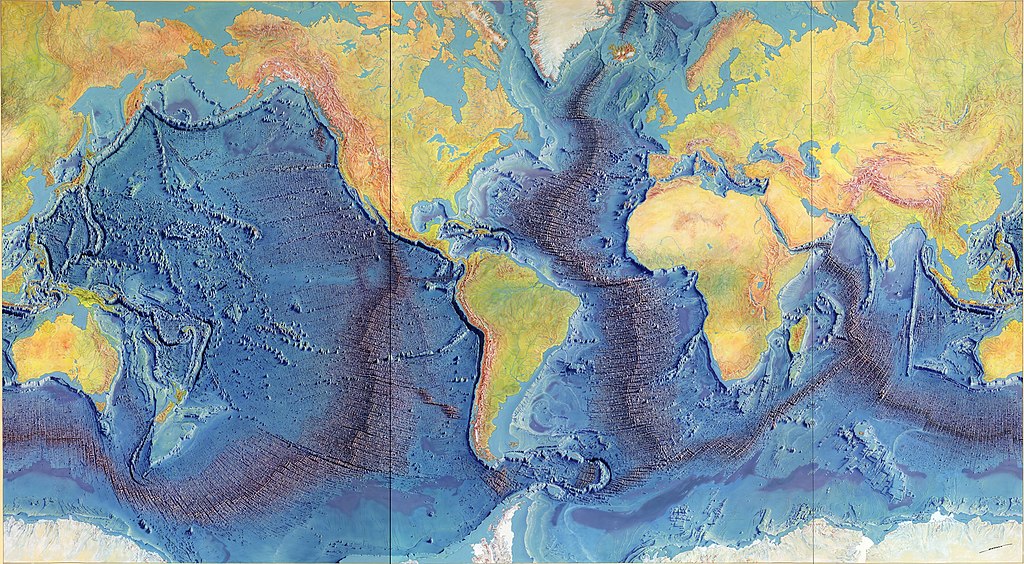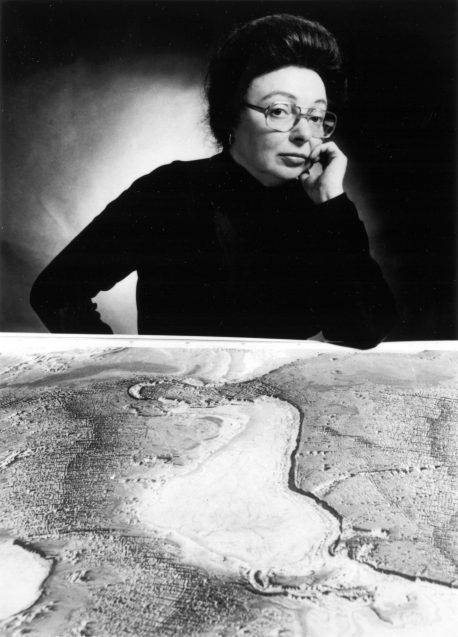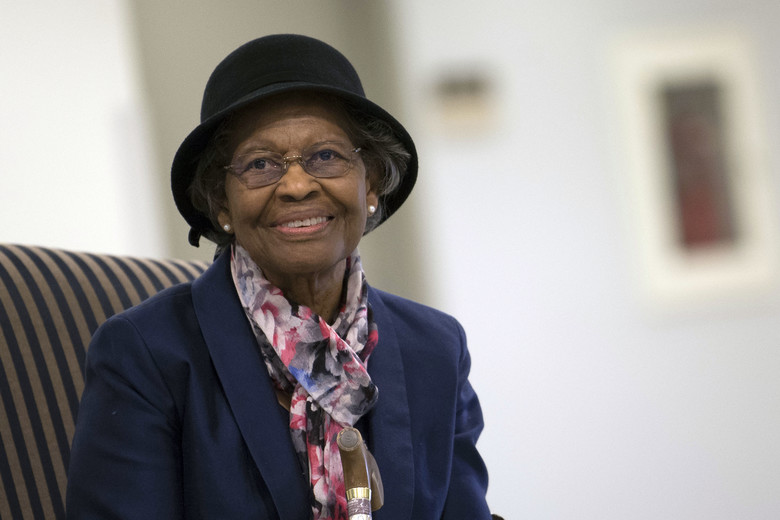
My Mom bought us a beautiful globe and world atlas when we were kids. The ocean floors were depicted in blues ranging from a very light, almost white blue to a deep navy. The rifts running through the oceans looked like seams knitting our planet together.
We owe this image and theories of plate tectonics that developed from it to Mary Tharpe.

Some people are gifted at telling stories, sharing information in a way that resonates with readers, listeners or viewers. These people bring ideas and experiences to life. (See my post about women authors.) Some people fundamentally change the way we understand the world and live in it. Mary Tharpe uncovered this story of the ocean floor. I had never heard of Tharpe before this month. I’m no science historian, but I am a bit of a natural sciences geek, and it seems like I should have heard of her before.
Because she was a woman in 1950s America, Tharpe wasn’t allowed to go into the field to do her geophysics research. So she gathered Naval sonar data and, after extensive analysis, drafted a map of the ocean floor by hand. Her work was a critical piece of evidence supporting the theory of plate tectonics.
Grace Hopper, already a PhD and professor of mathematics at Vassar College, joined the US Naval Reserve during World War II and started working with Mark I, an early computer. She was on the team that reported the first computer ‘bug’ — which in this case turned out to be a moth caught in the circuits of the computer. But the term stuck. Even more importantly, Hopper went on to create the first programming language based on English, something many of her (male) colleagues didn’t think was possible.
Rosalind Franklin and one of her students discovered important information about DNA. She used X-ray technology to take a picture of DNA, revealing aspects of its structure and was able to define it as having a double helix structure — years before Watson and Crick created their model of the DNA. She wasn’t given credit when the Nobel Prize was awarded to Watson and Crick for their model of DNA, even though her work was a critical stepping stone in their process. She also went on to explore, gather and share pertinent information on RNA.

Gladys West worked on the first satellite that could detect the world’s oceans. From that she created a more accurate model of the earth’s surface. West was among the so-called “Hidden Figures” part of the team who did computing for the U.S. military in the era before electronic systems. In 2018 she was inducted into the Air Force Space and Missile Pioneers Hall of Fame, which is one of Air Force’s Space Command’s highest honors. The GPS navigation systems we use today are based on her work.
Temple Grandin was late to speak and was ridiculed by her peers at school. Her parents were told to put her in an institution. But her sensory experience of the world allowed her to understand animals. She created a system for evaluating animal welfare (particularly for animals going to slaughter) and new systems for handling livestock. Her innovations have profoundly changed the way livestock is treated for the better.
Most of these facts are all from a wonderful book called, “She Persisted in Science,” written by Chelsea Clinton and illustrated by Alexandra Boiger. Yes, this book has an illustrator because it’s a children’s book. Don’t let that fool you — I hadn’t heard of at least half of the women or the discoveries mentioned in this book. I’m encouraged to report that “She Persisted” is an entire series of books. And there are more series like it in the children’s section, not to mention a biography section teeming with books of women shaping our world. I love the series name, “She Persisted,” because while these women worked in many different fields, one thing they all had in common was facing obstacle after obstacle because of their gender. It was only through persistence that were able to do their invaluable work. For the women who also happened to be people of color, the obstacles were even greater.
If you want to take some more time to revel in the brilliance of women check out this list of Women Innovators. I’m including children’s books in my list because some of them are really great. Read them to your kids or grandchildren, if you have them, or just read them for yourself.
Whatever you read, keep in mind all the women whose contributions haven’t been uncovered or the ones who were never allowed to let their ideas soar.



